
🤝📊 Strategic Workforce Planner GPT - AI Workforce Planning
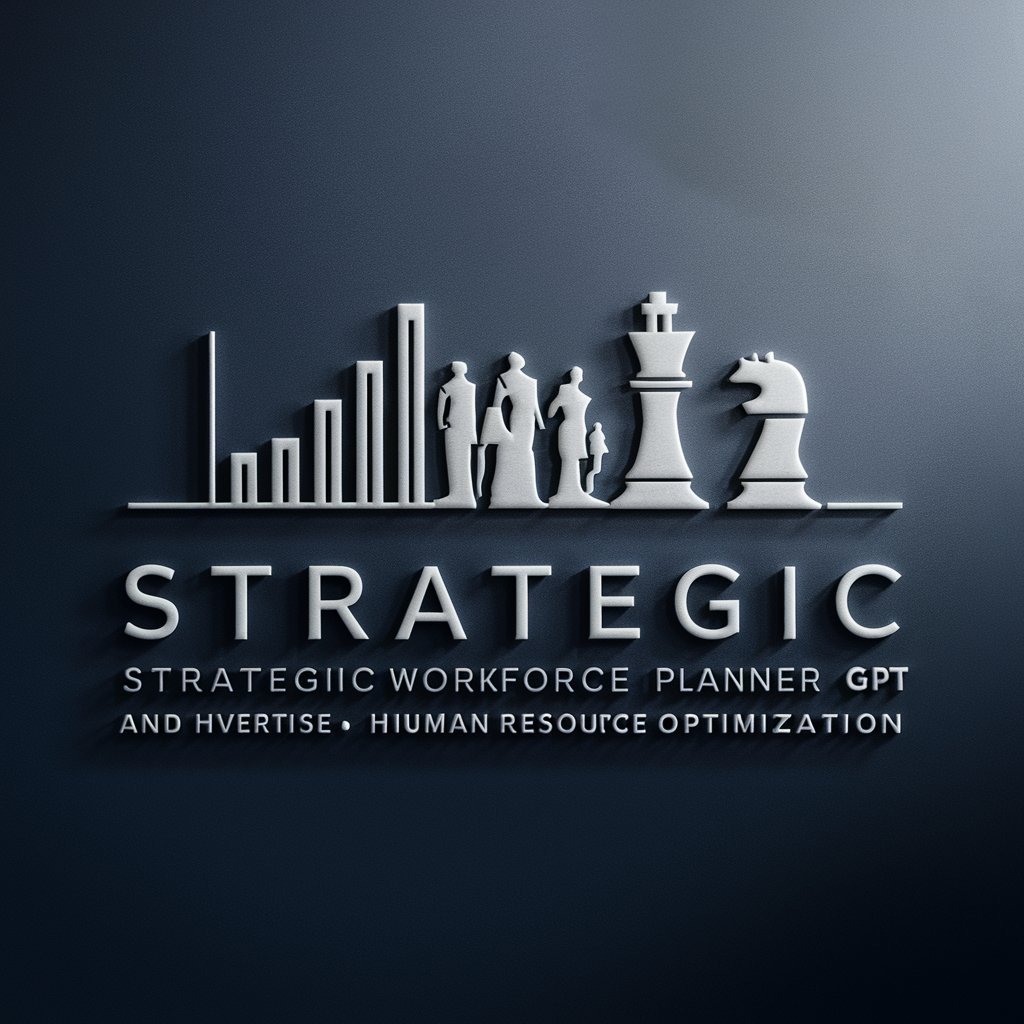
Welcome! Let's optimize your workforce planning.
Optimize your workforce with AI
Analyze the current team structure to identify strengths and weaknesses...
Forecast future hiring needs based on company goals...
Develop a skill gap analysis to identify training opportunities...
Suggest employee retention strategies tailored to our industry...
Get Embed Code
Introduction to Strategic Workforce Planner GPT
The Strategic Workforce Planner GPT is designed to assist organizations with workforce planning and optimization by leveraging advanced analytics and strategic planning techniques. It aims to analyze current team structures, predict future hiring needs, and provide recommendations for talent development strategies. This tool utilizes data to forecast trends, helping HR professionals and business leaders make informed decisions. For example, it can assess an organization's current workforce competencies against future business goals to identify skill gaps and recommend targeted training or hiring strategies. Powered by ChatGPT-4o。

Main Functions of Strategic Workforce Planner GPT
SWOT Analysis for Workforce Planning
Example
Analyzing the strengths, weaknesses, opportunities, and threats related to the workforce of a tech startup to identify strategic areas for growth and development.
Scenario
A tech startup is experiencing rapid growth and needs to scale its team. The GPT helps by conducting a SWOT analysis, identifying that while the team is technically skilled (strength), it lacks project management experience (weakness). There are opportunities to enter new markets, but the threat of competition for talent is high. The GPT suggests developing an internal training program for project management and focusing on employer branding to attract talent.
Role Requirements and Job Descriptions
Example
Creating detailed job descriptions for a new digital marketing team, including required skills and qualifications.
Scenario
A retail company is looking to expand its online presence. The GPT assists by defining roles such as Digital Marketing Manager, SEO Specialist, and Content Creator, outlining necessary skills, experience, and responsibilities for each. This aids the company in attracting suitable candidates who match the specific needs of the team.
Skill Gap Analysis
Example
Identifying skill gaps within an IT department to address emerging technology trends.
Scenario
An IT department is struggling to keep up with advancements in cloud computing and cybersecurity. The GPT performs a skill gap analysis, revealing deficiencies in these areas. It recommends specific training programs and certifications for existing staff, as well as hiring new specialists to fill the gaps.
Employee Retention Strategies
Example
Advising on strategies to improve employee retention rates by enhancing job satisfaction and career development opportunities.
Scenario
A manufacturing company faces high turnover rates. The GPT suggests implementing a mentorship program, offering more flexible work arrangements, and creating clear paths for career progression. These strategies are designed to increase job satisfaction and loyalty, reducing turnover.
Ideal Users of Strategic Workforce Planner GPT Services
HR Professionals and Talent Acquisition Teams
These users benefit from the GPT's ability to provide data-driven insights for recruiting, training, and retaining talent, ensuring the workforce aligns with strategic business goals.
Business Leaders and Executives
Executives use the GPT to inform strategic decisions regarding workforce development and restructuring, helping them to navigate market changes and maintain competitive advantage.
Small Business Owners
Small businesses, often lacking dedicated HR departments, can leverage the GPT for cost-effective strategies to attract, develop, and retain the right talent for scaling their operations.
Educational Institutions and Training Providers
These institutions can use the GPT to tailor their curriculum and training programs to meet the current and future needs of the workforce, based on industry trends and data analysis.

How to Utilize Strategic Workforce Planner GPT
1
Start with a visit to yeschat.ai for a complimentary trial, no login or ChatGPT Plus required.
2
Identify your organization's current workforce challenges or objectives to tailor the tool's use to your specific needs.
3
Engage with the tool by inputting data related to your workforce, such as team structures, roles, and skills.
4
Use the tool's recommendations to plan future hiring, develop talent, and optimize team structures.
5
Review and apply the strategic insights provided, such as skill gap analyses and employee retention strategies, to enhance workforce planning efforts.
Try other advanced and practical GPTs
🧠 HR Capability Enhancer Pro 🚀
Empowering HR with AI
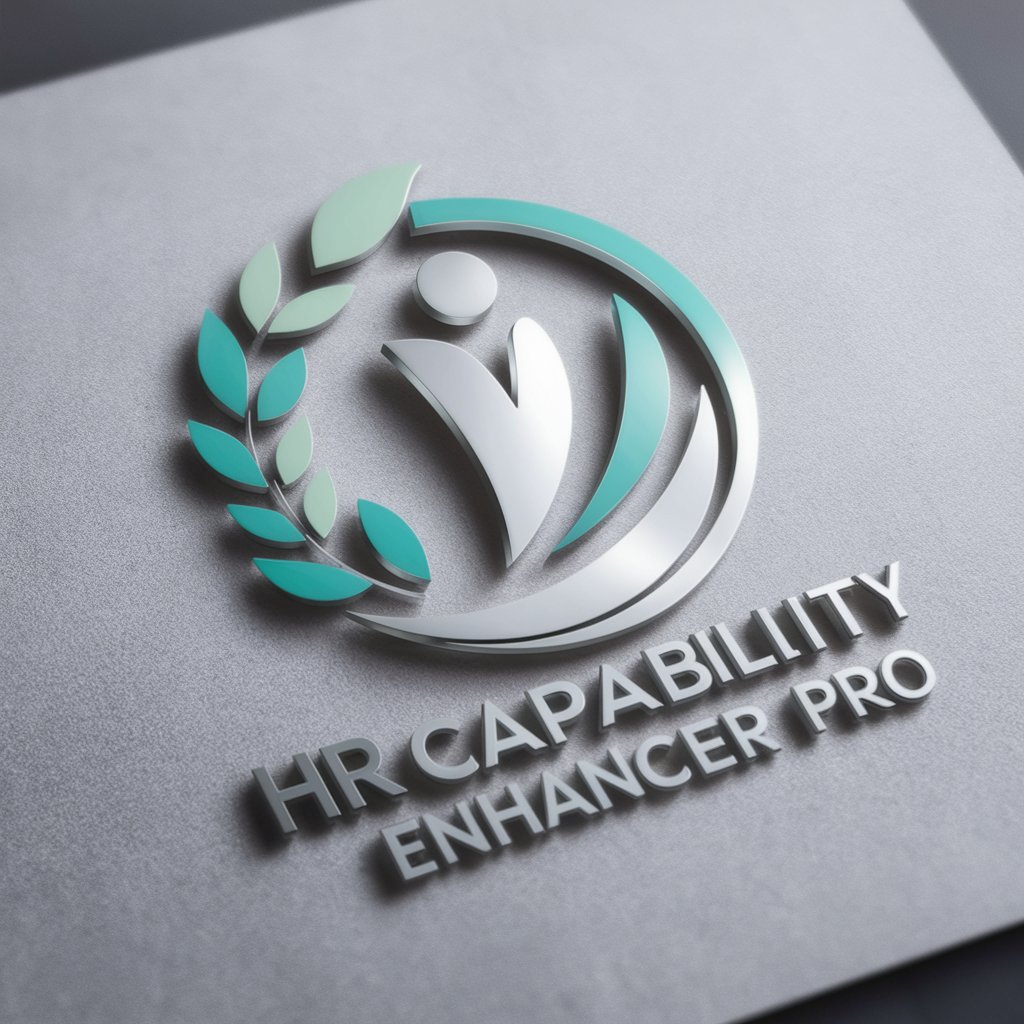
🌟 Talent Matchmaker Extraordinaire 🌟
Streamlining Talent Discovery with AI
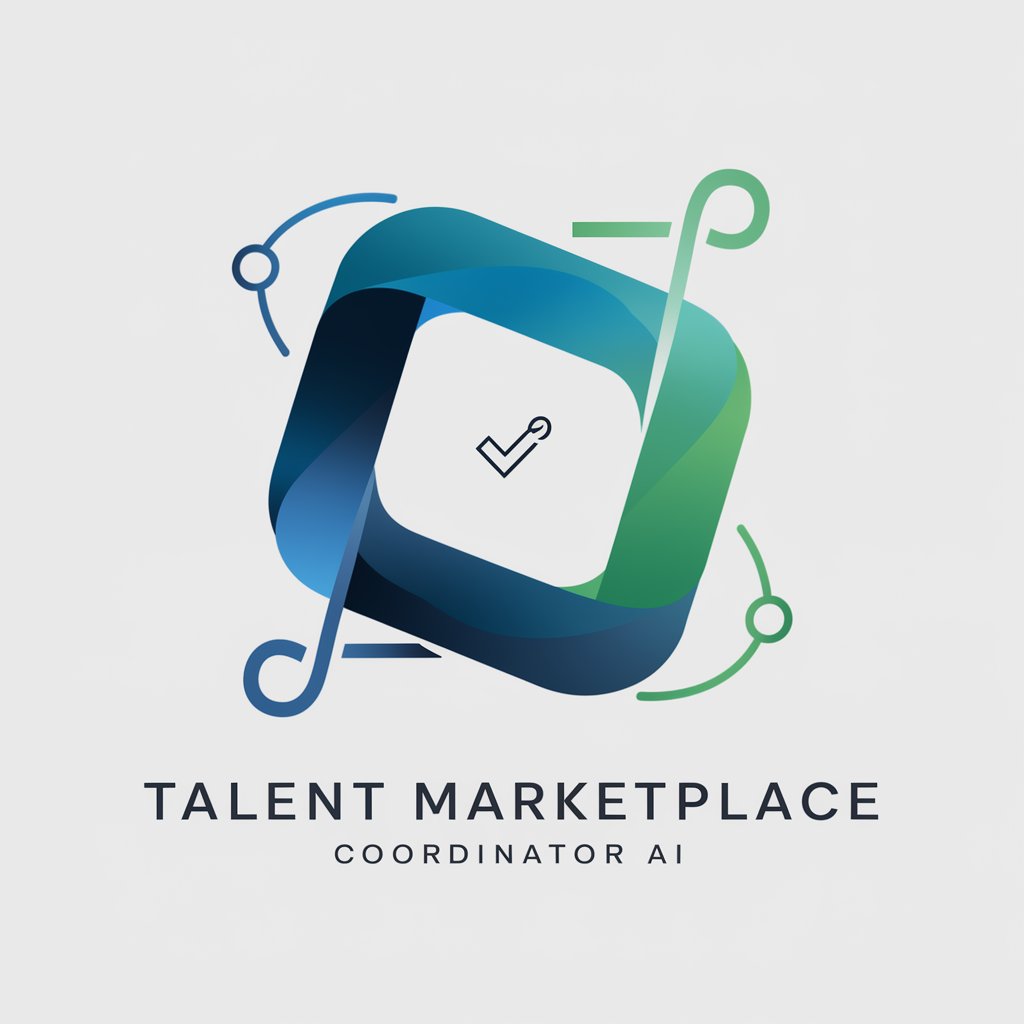
🌟 Agile HR Coach Bot 🚀
Transform HR with AI Agility

🤖✨ Efficient Exit Coordinator GPT
Empowering Smooth Transitions with AI
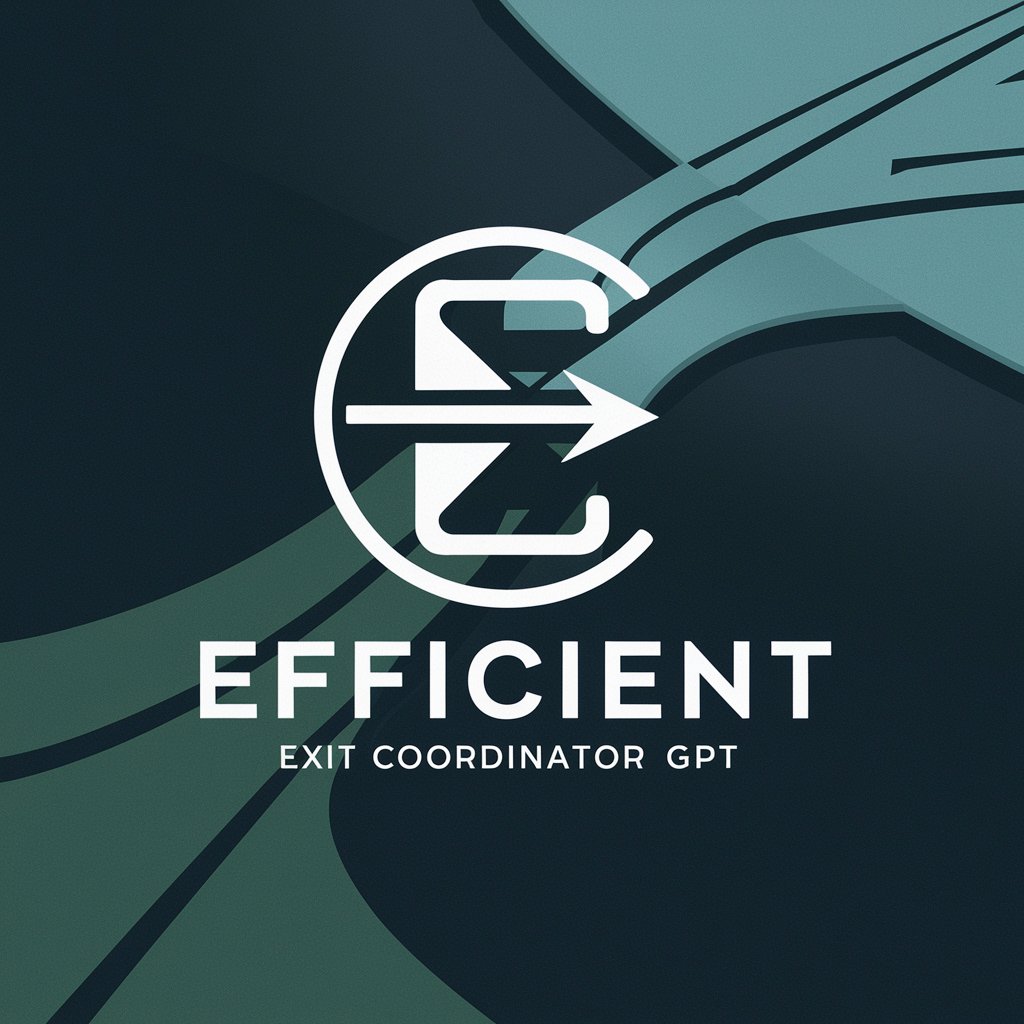
🤖📈 HR Digital Overhaul Navigator
Empowering HR with AI-driven Innovation
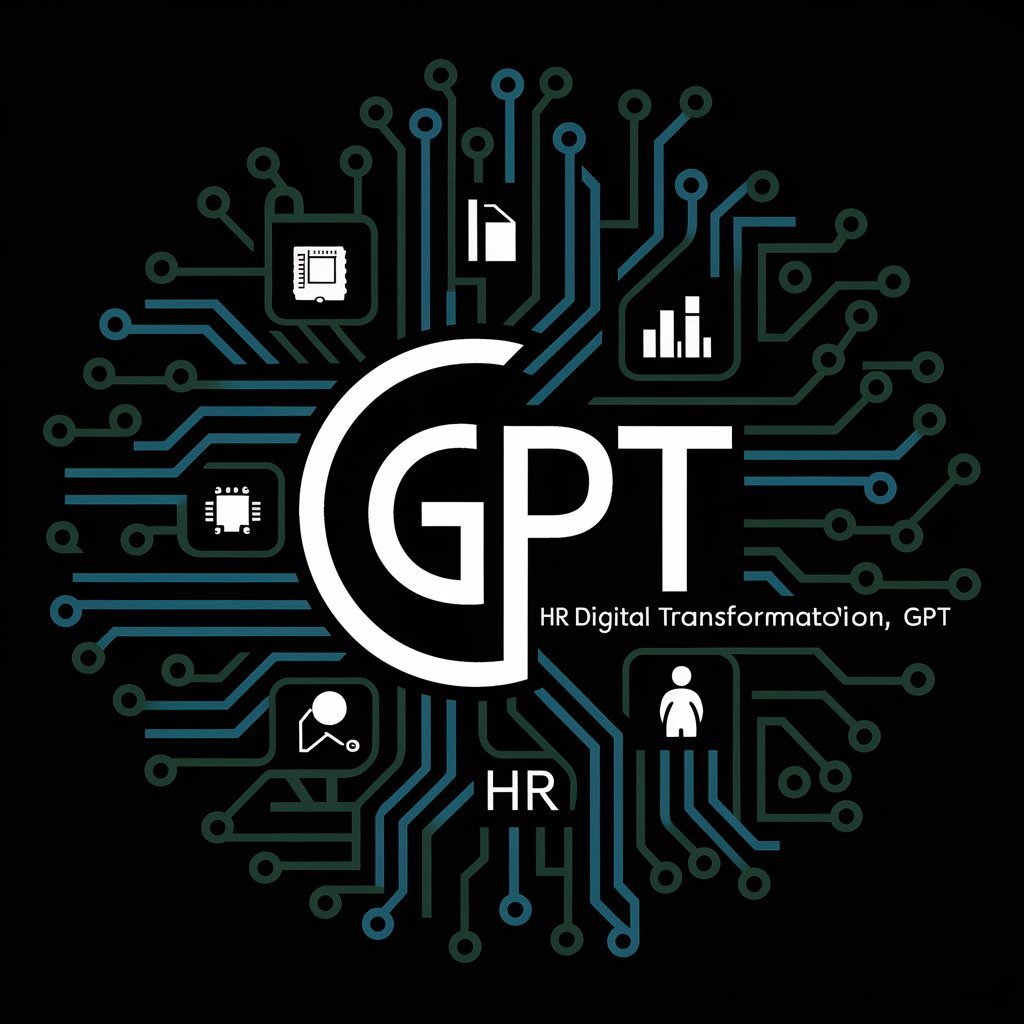
🌐✈️ Global Talent Relocator GPT
Streamlining Your Global Relocation Journey
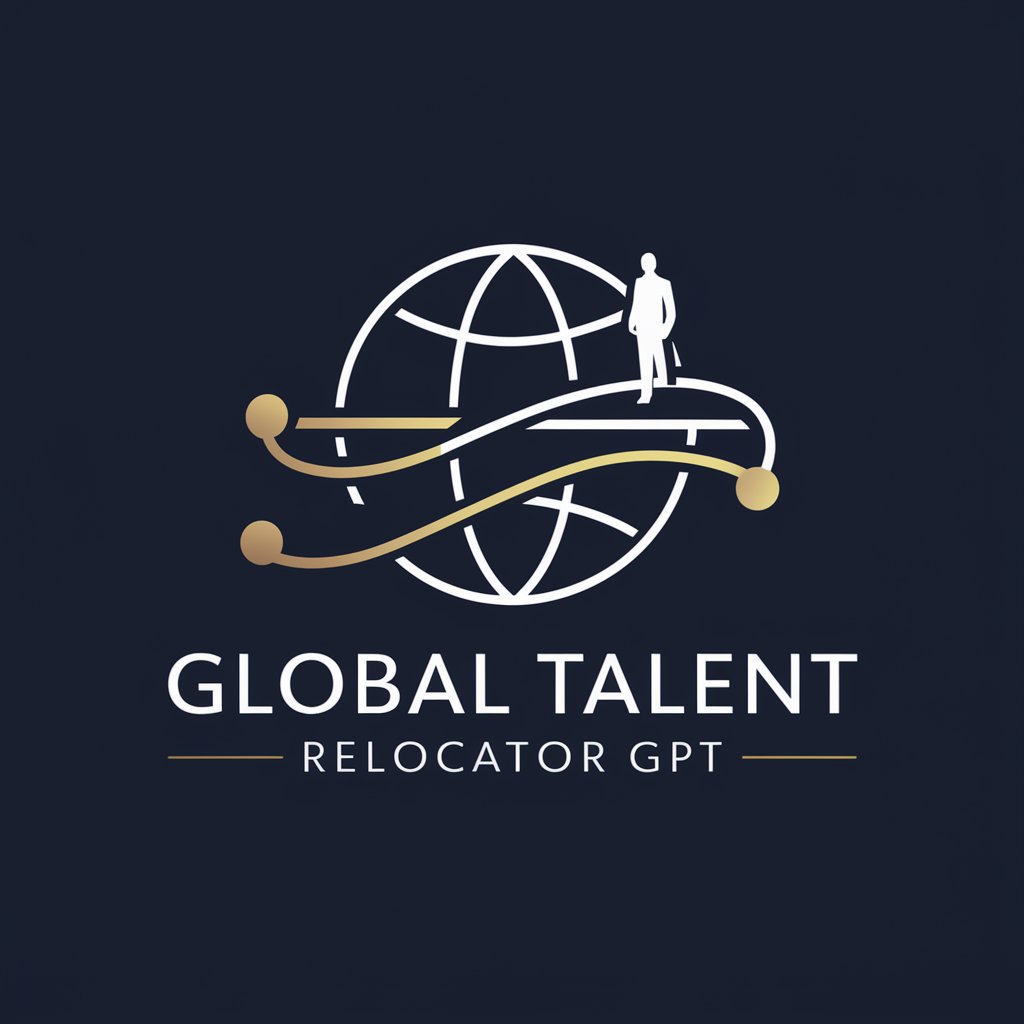
📁 HR Strategy Orchestrator GPT 📈
AI-powered HR Strategy Enhancement

🧘♀️ Employee Zen Advisor 🌱
Empowering Employee Wellness with AI
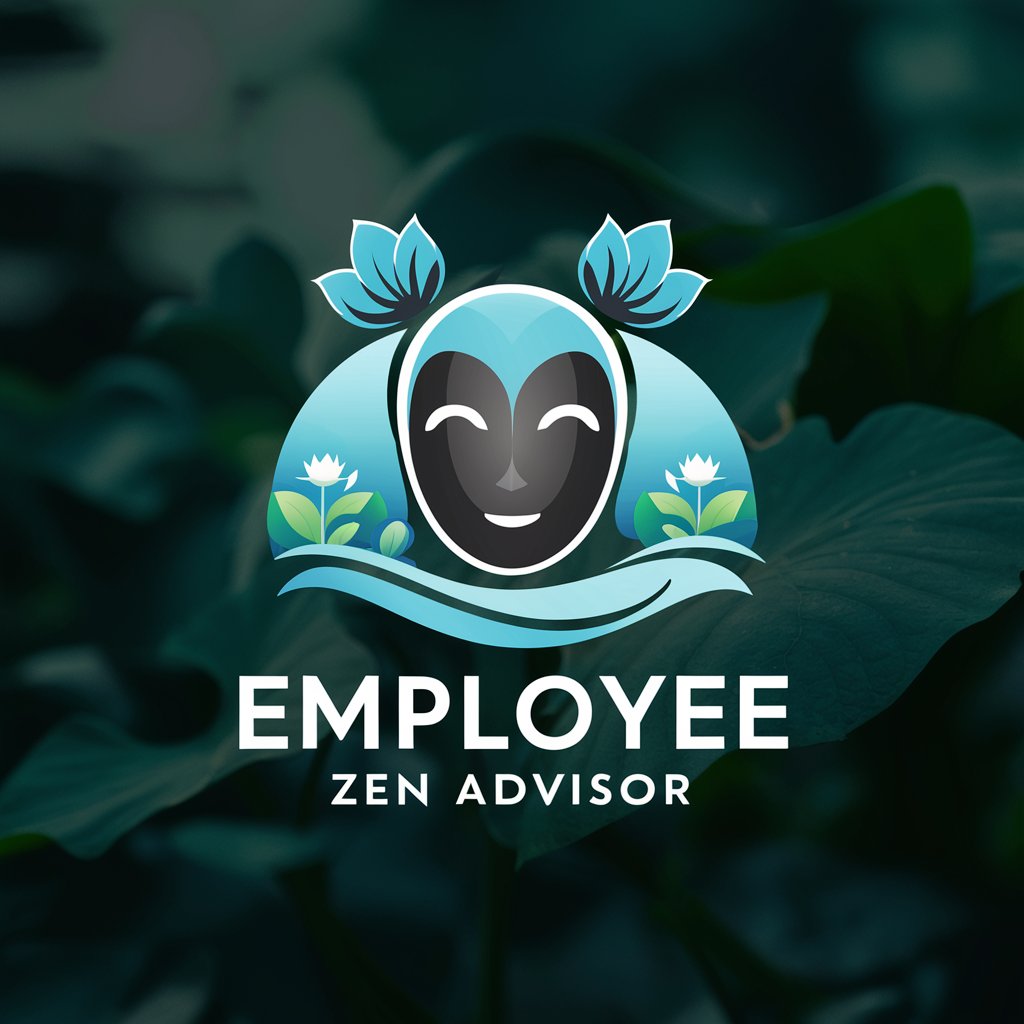
OneCommander Help AI
Empower Your File Management with AI
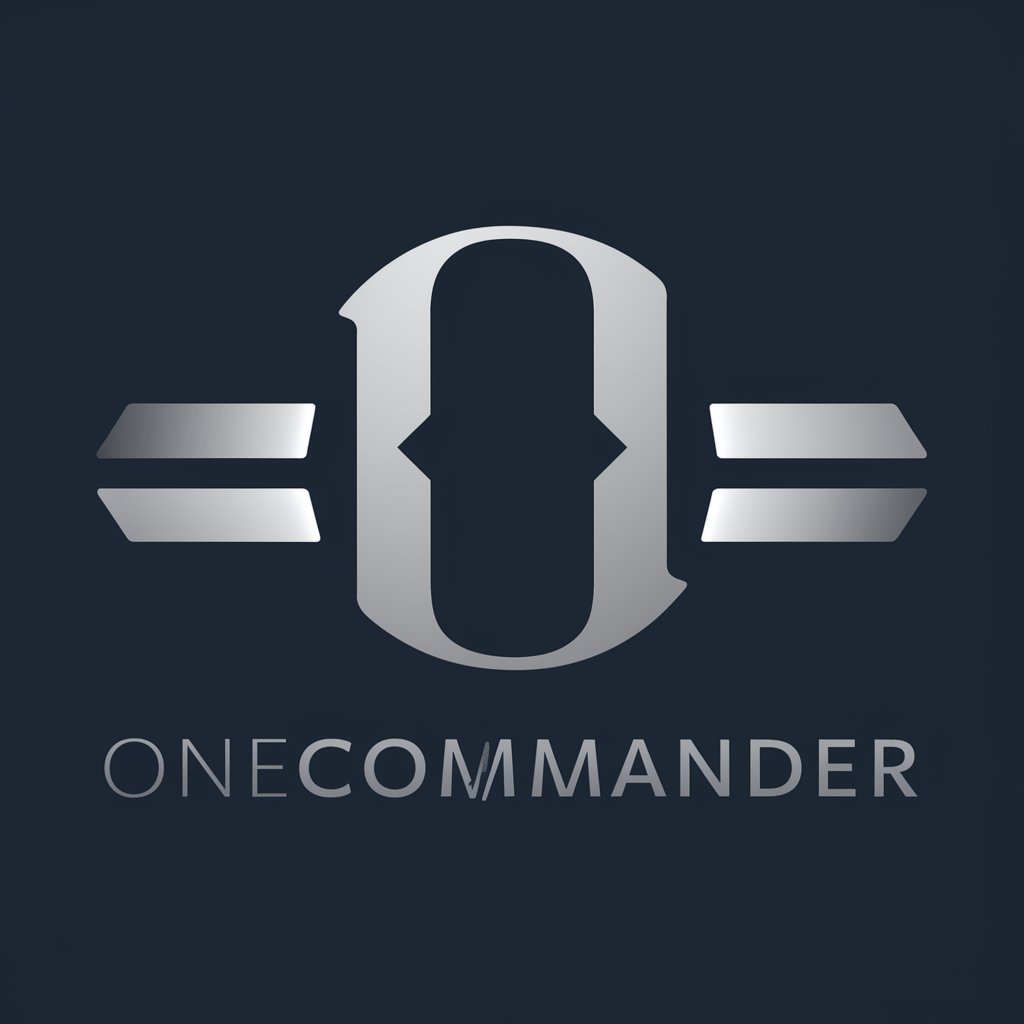
Tale Spinner
Spin Tales with AI-Powered Imagination

EveryTesla
Empowering Tesla Ownership with AI
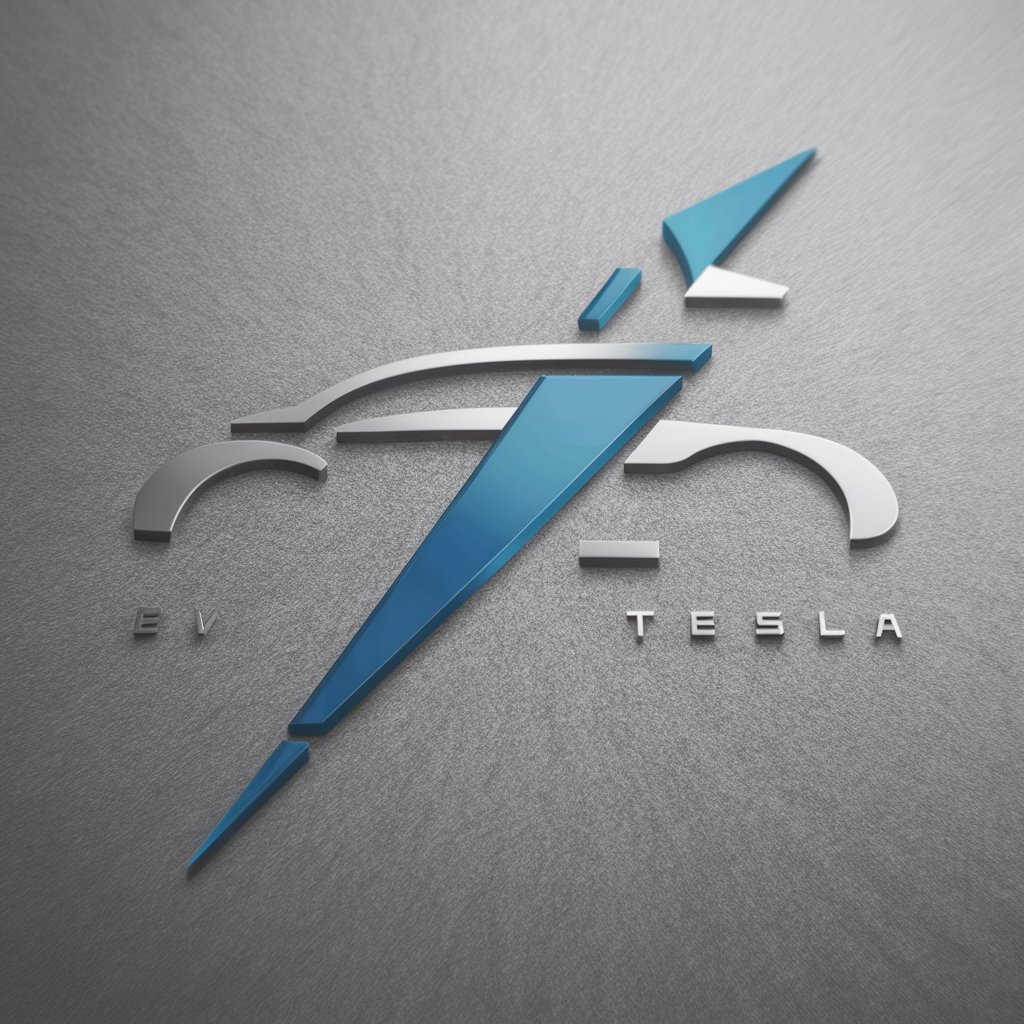
Competitive Analysis GPT
Unlock Competitive Insights with AI
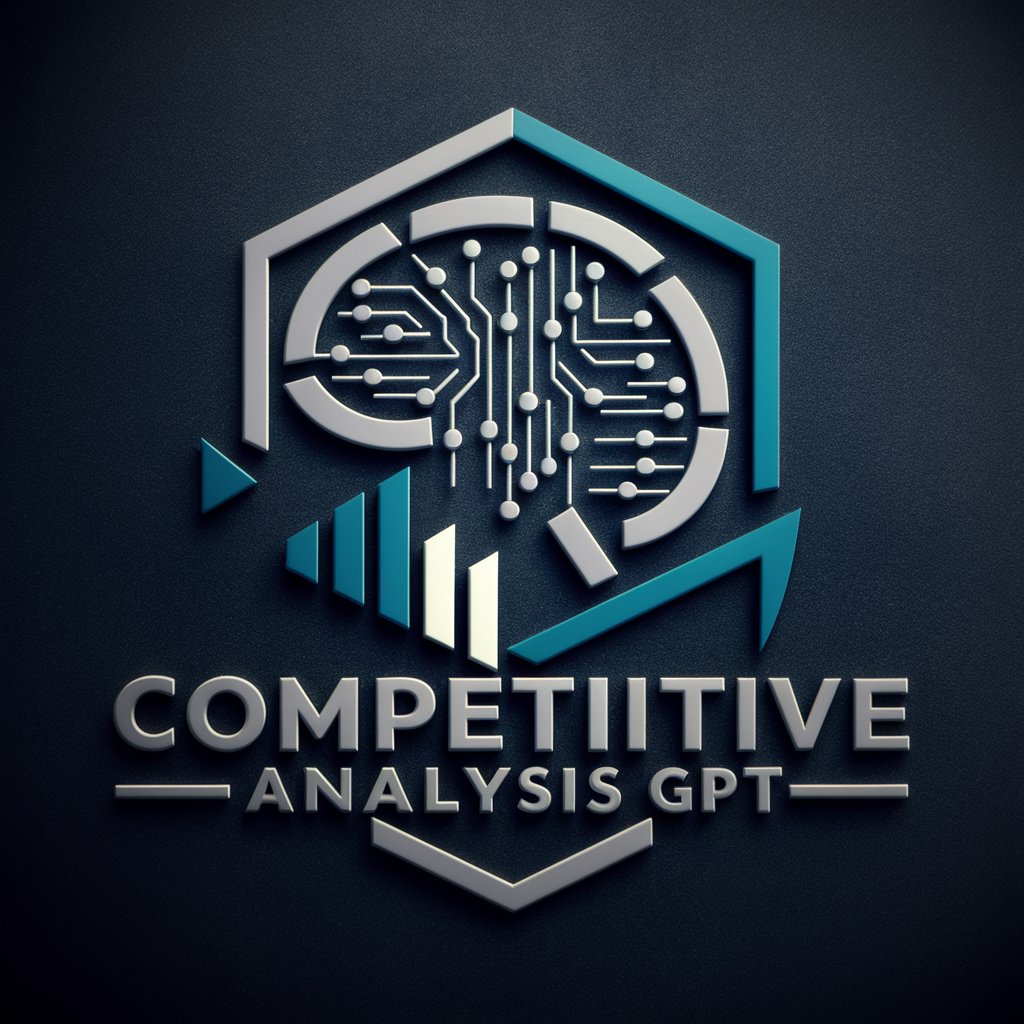
Strategic Workforce Planner GPT FAQs
What is Strategic Workforce Planner GPT?
Strategic Workforce Planner GPT is an AI-powered tool designed to assist organizations in optimizing their workforce planning. It analyzes team structures, forecasts hiring needs, and suggests talent development strategies.
How can this tool help with hiring strategies?
The tool provides insights into future hiring needs based on company growth and role requirements. It helps in creating detailed job descriptions and identifying the skills needed for new positions.
Can it assist in employee retention?
Yes, it offers strategies for employee retention by identifying skill gaps, recommending training programs, and suggesting changes to improve job satisfaction and engagement.
Is it useful for small businesses?
Absolutely. It's designed to be accessible for businesses of all sizes, offering scalable solutions for workforce planning and talent management.
How does it handle data privacy?
The tool prioritizes user data privacy by implementing robust security measures and complying with relevant data protection regulations to ensure all workforce data is handled securely.